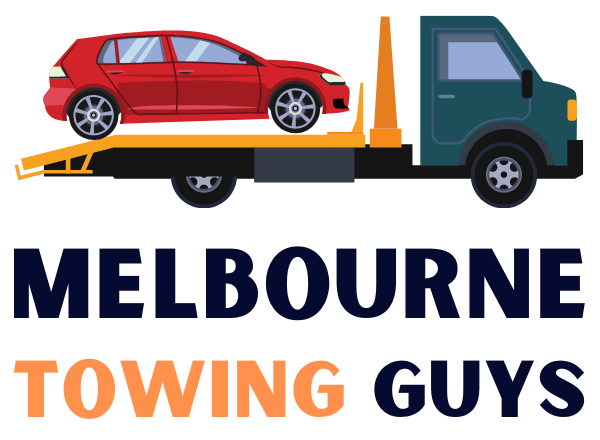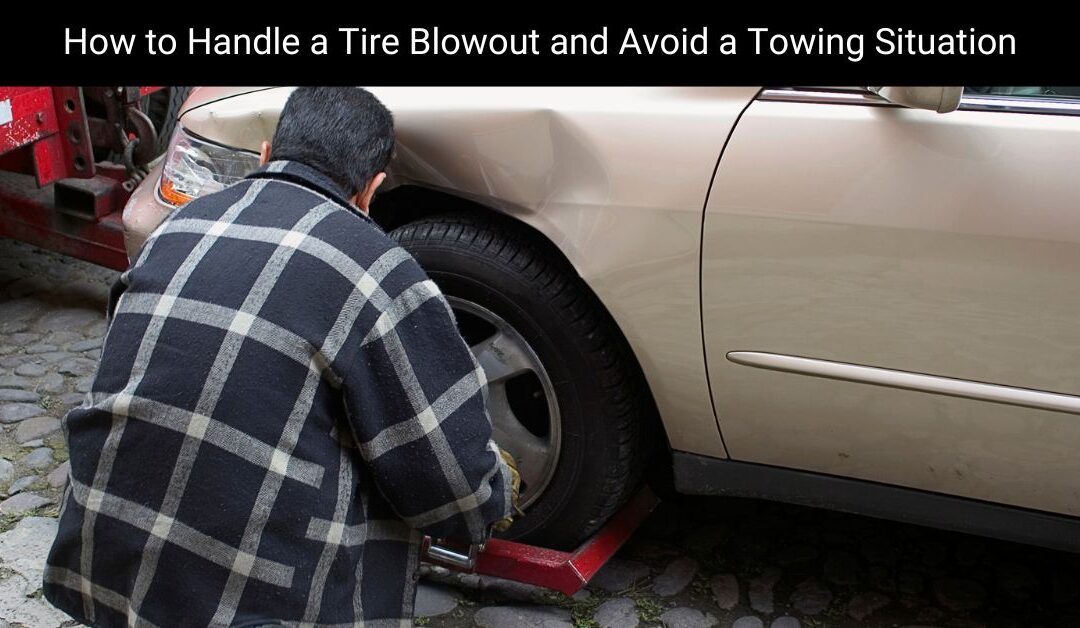Stay Calm and Maintain Control
Experiencing a tire blowout while driving can be alarming, but staying calm is essential. The first step is to maintain control of the vehicle by keeping both hands on the steering wheel and avoiding sudden movements. Do not slam on the brakes, as this can cause the car to skid or lose stability. Instead, allow the vehicle to slow down naturally while gently steering in a straight line. Once you regain control, look for a safe place to pull over.
Gradually Reduce Speed and Pull Over Safely
After a blowout, gradually ease off the accelerator rather than braking abruptly. If you are on a highway, turn on your hazard lights to alert other drivers. Look for a safe location such as a wide shoulder or an exit ramp to pull over. Avoid stopping in the middle of traffic or near curves where visibility is low. Once you have safely parked, engage the parking brake to prevent the vehicle from rolling.
Inspect the Damage and Prepare for a Tire Change
Once parked in a safe location, inspect the affected tire to assess the extent of the damage. If you have a spare tire and the necessary tools, you can attempt to change the tire yourself. Ensure your car is on a flat surface and place wheel wedges behind the opposite tires to prevent movement. Locate the jack, spare tire, and lug wrench, and follow the vehicle manual’s instructions for changing the tire.
Use Roadside Assistance if Needed
If you are unable to change the tire yourself or lack the proper tools, consider calling roadside assistance. Many insurance providers, auto clubs, and towing services offer tire replacement support. If you do not have a spare tire, a tow truck may be necessary to transport your vehicle to the nearest repair shop. Always verify the legitimacy of any roadside assistance provider before accepting help to avoid potential scams.
Prevent Future Tire Blowouts
Regular tire maintenance can significantly reduce the risk of a blowout. Check tire pressure at least once a month and ensure it aligns with the manufacturer’s recommendations. Inspect tires for wear and tear, and replace them if the tread depth is too low. Avoid overloading your vehicle, as excess weight can put additional stress on the tires. Lastly, drive carefully over potholes and rough roads to prevent sudden tire damage.
Conclusion
Handling a tire blowout correctly can prevent accidents and help you avoid unnecessary towing expenses. By staying calm, gradually slowing down, safely pulling over, and knowing how to change a tire or call for assistance, you can manage the situation effectively. Proper tire maintenance is key to preventing future blowouts, ensuring safer and more reliable driving experiences.


Recent Comments